Catégories
Nouveau Blog
The Benefits of Biodegradable Food Packaging: A Comprehensive Guide
March 17 , 2023
Biodegradable food packaging materials are becoming increasingly popular in the hospitality industry specifically. The use of biodegradable packaging options is also increasing in other consumer industries as well. According to the stats, the global biodegradable packaging market is expected to grow by 6.35% by 2028.
What is biodegradable food packaging?
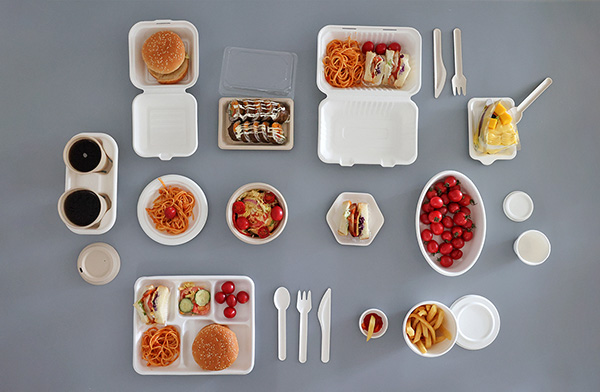
Biodegradable packaging materials can be explained as those that do not need specialized recycling or decomposition processes. These are sustainable materials that are decomposed by following a natural breakdown process.
Most commonly, biodegradable food packaging materials are derived from plants, wood, cellulose, etc. However, the definition of biodegradable packaging is very broad, and some of the materials might take infinite time to break down naturally. For instance, wood is a biodegradable material, but the breakdown process can take years.
The importance of eco-friendly packaging is higher for the food industry for many reasons. In many regions of the world, there have been government-level restrictions on the use of plastics and oxo-degradable plastics. For instance, European Union has restricted the use of polystyrene plastic containers for food and beverages. To say the least, sustainable development goal 12 of the UN also emphasizes packaging materials in promoting sustainable food supply chains.
Similarly, consumers are getting more informed and vigilant about adopting environment-friendly options and are willing to pay more for eco-friendly products. Therefore, the food industry should understand the importance of biodegradable food packaging material and adopt sustainable options.
Today’s blog will discuss the benefits of biodegradable food packaging materials and solutions for industry, consumers, and the environment. We will also discuss the economic aspects of adopting sustainable packaging solutions at the commercial level.
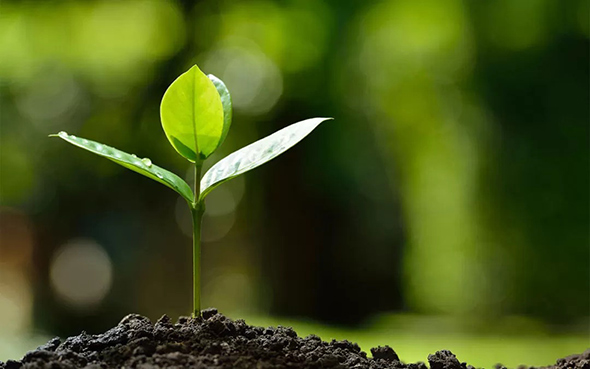
Let’s begin with the broader impacts and benefits of eco-friendly and decomposable food packaging solutions on the environment around us.
To begin, the most obvious benefit of adopting sustainable packaging solutions at the commercial level will reduce the amount of waste on the ground and in the atmosphere. The wide use of sustainable packaging solutions also ensures a safer life. We can avoid the harmful toxins released by petrochemical plastics posing a live threat to environmental sustainability.
Similarly, the waste coming from plastics resulting from increased consumerism and product distribution adds to landfill and water pollution. When we are using biodegradable materials for packaging, it is easier to decompose them and reduce the amount of waste around us.
Carbon footprints of any industry or activity refer to the amount of carbon dioxide released in the atmosphere by a specific industry or organization conducting a specific activity. It is necessary to reduce our carbon footprints to slow down climatic changes and global warming and to promote biodiversity & healthier planet.
When we adopt the biodegradable packaging options, it will not only reduce the carbon footprints of converting the raw materials into final products but also reduce carbon footprints in the decomposition process. Therefore, sustainable food packaging materials like paper bags, baggage packaging, etc., are necessary to improve the environment of the earth.
The positive impacts of biodegradable packaging on the environment are not limited to pollution and global warming. Instead, these solutions support the overall environment, including your business and ecosystems around the world.
If we talk about the ecosystems of the world, reducing waste by replacing unsustainable packaging will not only ensure sea and ocean life but also improve the biodiversity of the land ecosystems. Similarly, businesses also get the reputation of ethical businesses committed to promoting a greener world.
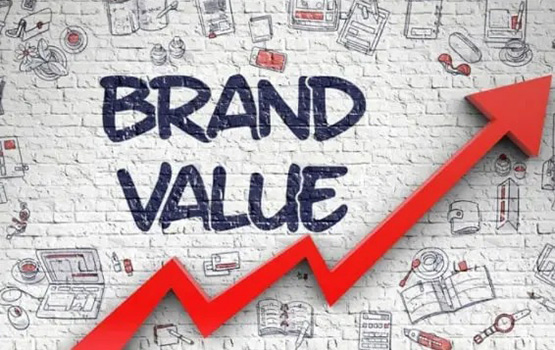
When we talk about the commercial adoptions of biodegradable food packaging materials like bagasse packaging, paper packaging, etc., it is impossible to conclude the argument without discussing the economic implications of such adoptions.
Therefore, here are the economic benefits of adopting wholesale biodegradable food packaging:
Some biodegradable food packaging solutions might be more cost-effective than others. In the short run, sustainable packaging might seem ineffective from a cost perspective. However, when we focus on the long-run scenario, there is not only the option of cost saving but also intelligent designing to improve brand marketing as an environmentally friendly business.
Besides the cost savings by economies of scale, biodegradable packaging material like paper, bagasse, etc., also reduces the cost of transportation. Therefore, businesses can further lower production costs by using sustainable packaging solutions.
With the use of compostable and eco-friendly packaging solutions, businesses can improve their packaging design and increase the safety and shelf life of food. For instance, using biodegradable packaging with silver helps retain food freshness and texture for longer.
Similarly, the presence of sustainable materials serves as an opportunity for the manufacturing industry to develop innovative processes for manufacturing packaging bags and improve energy efficiency as well. The consequent impact of innovative packaging solutions will increase the adoption of these sustainable solutions by the food industry, resulting in the higher market growth in this niche.
Let’s talk about the impact of sustainable and bio-friendly food packaging on a business entity’s public image and custom branding. There are many positives to highlight. Statistics show that more than half of the people are willing to pay a premium when offered organic solutions. Among the respondents, more than 54% of people under the age of 44 said that they actively look for sustainable packaging when purchasing a product.
These statistics signify how the brands can improve their customer loyalty, customer base, and overall brand image by adopting biodegradable and eco-friendly options like china’s biodegradable food packaging, bagasse food packaging, etc.

From a business perspective, profits, cost optimization and brand image might be the most important factors you will be concerned about. However, any business exists for the betterment of the customers. And when we talk about the food industry, the health aspect of any solution can’t be ignored. And here are the health benefits of using sustainable food packaging like paper, bagasse, etc., for your food-related business:
When plastic containers are used for food delivery or hot food is poured into them, the high temperature increases the risk of chemical contamination of food. The leaching chemicals can harm the consumer, and many health conditions, like reduced fertility, metabolic disorders, etc., can be associated with them.
As a consumer-friendly and socially responsible business entity, it is supreme objective to make sure that the products and services are not causing any harm to life. Therefore, businesses which use biodegradable packaging take a step forward to ensure that their consumers are not exposed to harmful chemicals.
We already mentioned that some of the sustainable packaging materials could also help retain food texture and improve food safety even when kept in containers for a long time. In fact, scientists developed a smart food packaging material in 2022 that contains fibres. These fibres kill the E.coli, fungi, and listeria resulting in the long-time freshness of the food. Similarly, if you use bagasse food packaging bags, the consumers can freeze the food without worrying about food degrading.
Finally, using eco-friendly products and sustainable solutions at the commercial level helps to improve the overall lifestyle of consumers and communities. Consumers will automatically adopt better solutions when businesses offer environmentally-friendly solutions and discourage the use of plastics and harmful packaging.
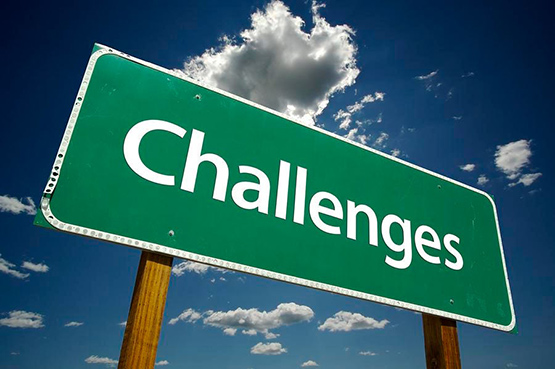
Everything looks good and practical on paper; it is the same with biodegradable food packaging. The large-scale adoption of these packaging materials has certain challenges and limitations. Let’s have a look at them.
When we define biodegradability and commercial adoption, the experts must compare the decomposition time required for different eco-friendly solutions. Wood is a biodegradable material, but how long will it take to biodegrade? Probably decades or centuries.
On the other hand, packaging materials like biodegradable bagasse food packaging is safer for the environment as it will take only a few weeks to compost when given the right conditions. So, it is a challenge for the food industry to adopt the right sustainable packaging solution that can be disposed of properly and within a limited time frame.
Yet another challenge the industry faces right now is the lack of infrastructure for collecting and composting sustainable packaging.
On one side, we emphasize reducing carbon emissions by adopting sustainable solutions, but on the other side, the currently available collection procedures result in even higher emissions. For instance, if a consumer is making a car trip to visit the collection centre, the emissions from the fuel will just kill the point of using biodegradable solutions.
Similarly, if we talk about composting facilities, the technologies currently used at waste processing sites often fail to differentiate regular plastic from compostable plastic. Therefore, compostable plastic is sent to recycling plants and increases landfills.
There are certain misconceptions about biodegradable food packaging like there is no term for biodegradable plastic, and all kinds of plastic are hurtful to the environment. However, the bad reputation of all kinds of plastics has been building up for decades. The new production methods and use cases have improved the usability as well as the environmental-friendliness of certain plastics used in biodegradable packaging.
Yet another misconception about biodegradable materials is that sustainability is just a trend businesses want to follow. It leads to careless opinions and hindrances in the mass adoption of eco-friendly packaging solutions.
One big misconception about sustainability and biodegradable materials is that it is all about zero waste. Indeed, recyclability and minimum waste are working ideas behind sustainability, but the product’s total lifecycle is even more important when discussing sustainability.
The last misconception and limitation about biodegradable materials that is worth discussing is the affordability of sustainable packaging. It is true that biodegradable packaging solutions are not the least expensive ones, but cost-optimization can be implemented when manufactured at a large scale.
Let’s talk about the directions toward implementing biodegradable food packaging in the hospitality and food industry.
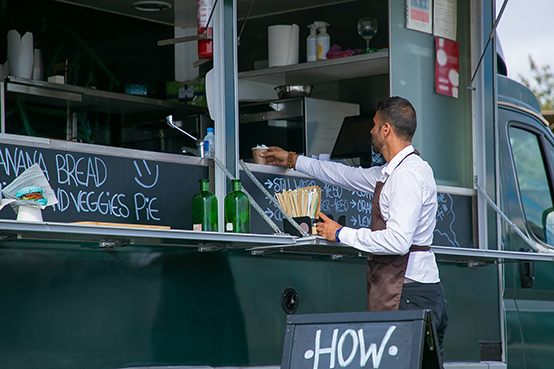
Here are steps a business should take to switch to biodegradable packaging like bagasse containers, paper containers, etc.:
1. Study and research biodegradable packaging solutions like paper, bamboo, bagasse, cellulose, etc.
2. Look for the best solution and wholesale biodegradable food packaging manufacturers according to the nature of your product. Contact them, get quotes, and lock the deal with the best one that matches your needs.
3. Gradually phase out the unsustainable old packaging as changes do not happen overnight.
4. Now gradually start replacing the old packaging with the new one. Make sure to make this transition smooth and seamless.
5. Once you’re confident that the customers are responding positively, it’s time to make it big. Now make it official and announce on customer forums that you’re taking a step toward sustainability by adopting biodegradable food packaging solutions.
Here are the best practices businesses and consumers should adopt when it comes to sustainable packaging and waste management:
1. Make sure to check the products’ biodegradable certification marks to dispose of them accordingly.
2. Keep simple yet innovative packaging that uses minimal materials. There shouldn’t be an abundance of multiple materials in food packaging.
3. Look for opportunities to upcycle the packaging containers that give them a second life.
4. Don’t use oversized containers for shipping products, as it will increase transportation costs and require rigorous processes to recycle or degrade.
5. Biodegradable plastics are different from regular plastics. Therefore, you should not send them to the recycling plants as it will only add to the landfill.
6. As a business entity, make sure to add clear instructions about the disposal process of the packaging materials so that consumers know what to do with the packaging.
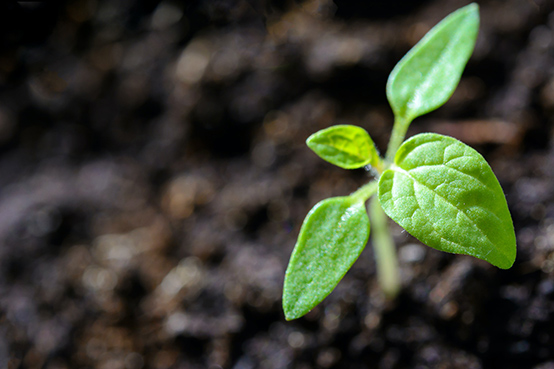
It is conclusive to say that biodegradable food packaging materials like bagasse food packaging, bamboo, china biodegradable food packaging, paper bags, cellulose packaging, wooden boxes, etc., offer great benefits. The environmental benefits of sustainable packaging include reduced waste, carbon footprints, and overall biodiversity improvement.
The health benefits of these packaging solutions include higher shelf-life of the food, retained quality, reduced chemical contamination, and a generally healthier lifestyle for consumers. Similarly, business economic benefits include cost-optimization, innovation, market growth, and better brand image.
Currently, the adoption and production of sustainable packaging materials might not be as high as it should be. However, improved production methods, research and development, and innovative designs are the areas which will further increase the adoption of sustainable packaging materials in all industries in the future.
You may also like:
The Future of Eco-Friendly Food Packaging Trends in 2023
Why Sustainable Takeout Containers are the Future of the Food Industry?
6 Eco-friendly Food Packaging Containers for Your Business